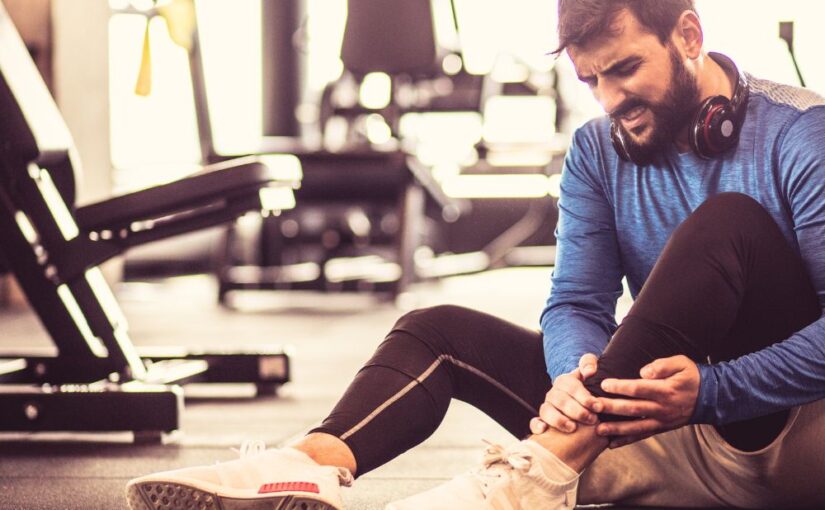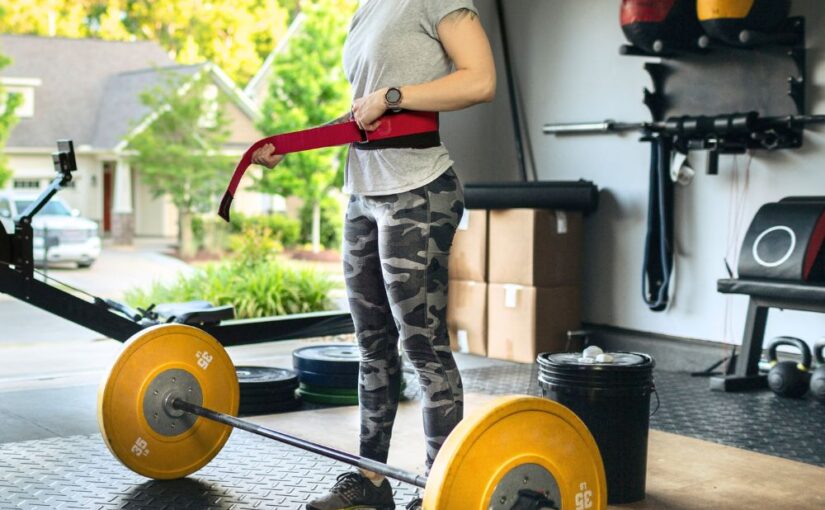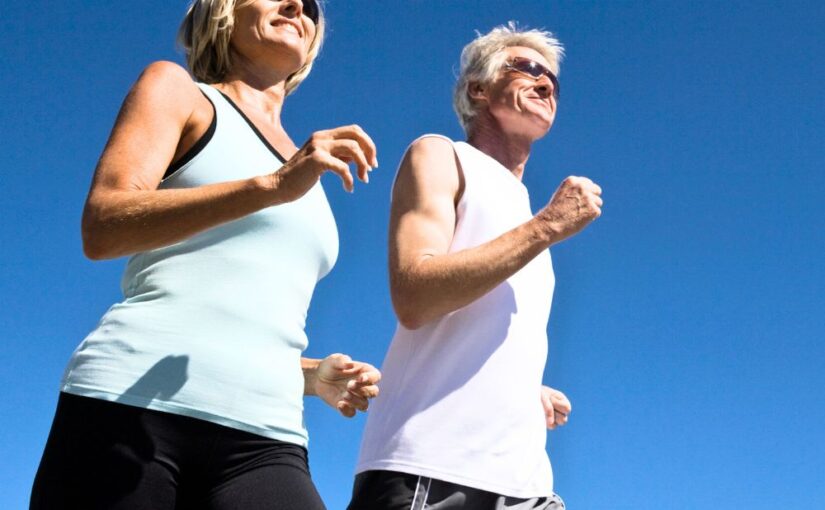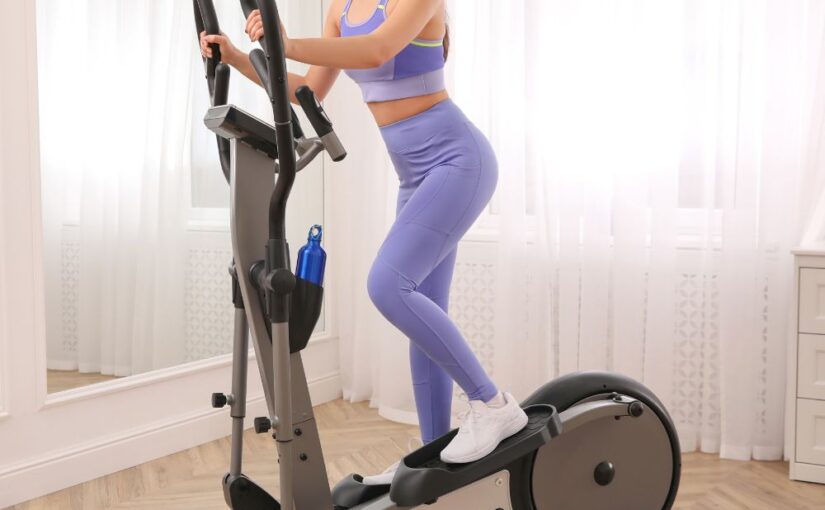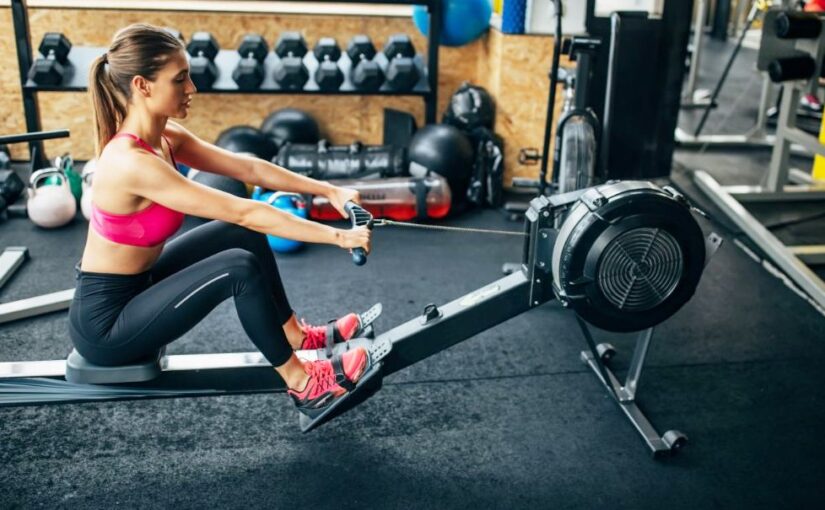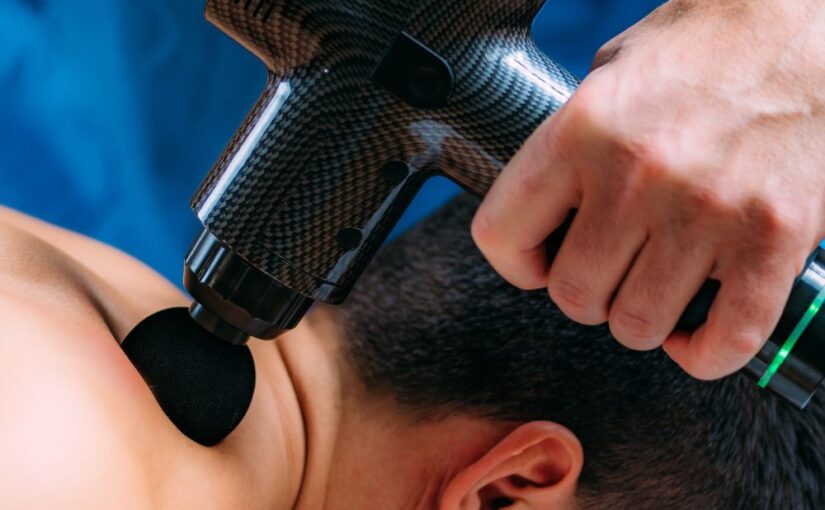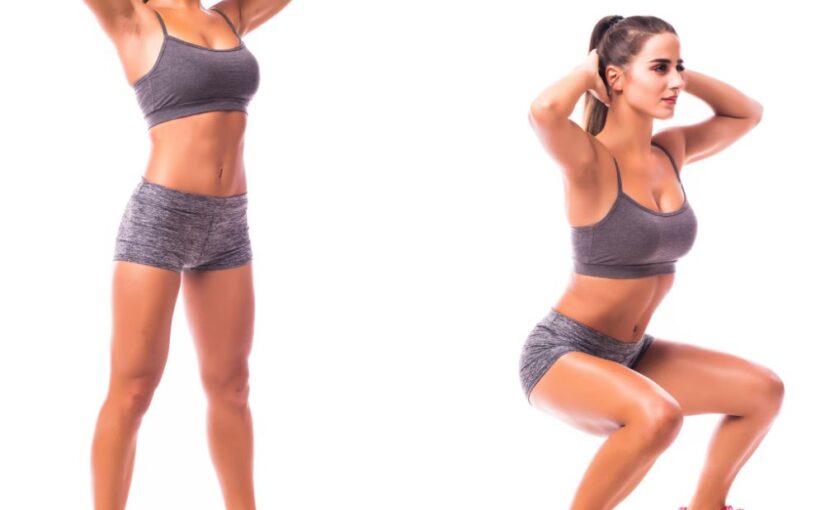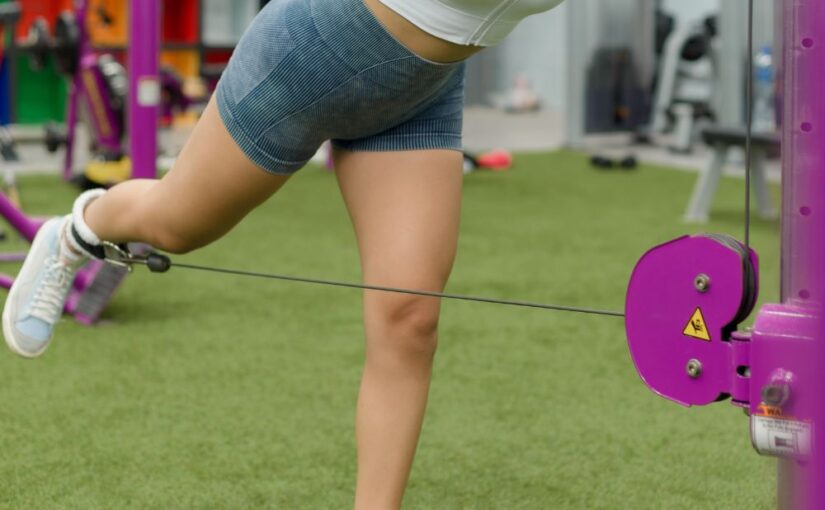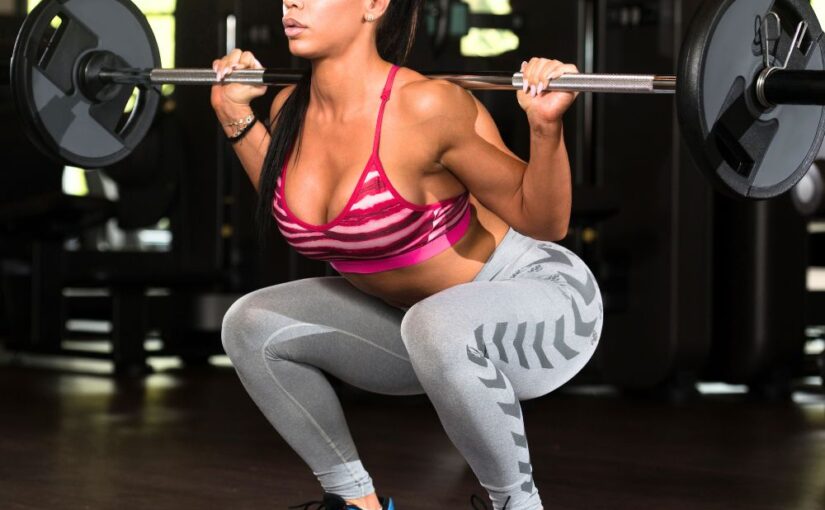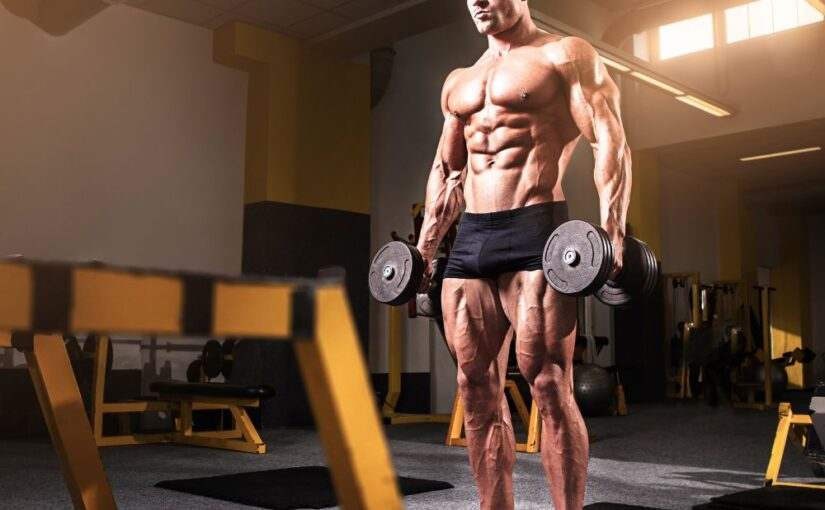Injuries can be frustrating, especially for those who are dedicated to their fitness routines. While it may seem like all hope is lost for maintaining muscle during recovery, there are several strategies you can implement to minimize muscle loss and stay on track. Here’s how to effectively maintain muscle while dealing with an injury.
1. Understand the Importance of Nutrition
Focus on Protein
Protein is crucial for muscle maintenance, especially when you’re unable to work out. Aim to consume sufficient protein each day to support muscle repair and growth. Incorporate lean meats, fish, dairy, legumes, and plant-based protein sources into your meals.
Manage Caloric Intake
Adjust how many calories you consume to match your activity level. While you may not be burning as many calories during recovery, it’s important not to drastically reduce your intake. Focus on nutrient-dense foods to support healing without gaining excess body fat.
2. Modify Your Workout Routine
Engage in Low-Impact Exercises
If your injury allows, consider low-impact activities that don’t strain the affected area. Options like swimming, cycling, or using an elliptical machine can help maintain cardiovascular fitness and some muscle engagement.
Focus on Uninjured Areas
You can still work out the uninjured parts of your body. For example, if you have a lower body injury, focus on upper body strength training and vice versa. This approach can help maintain overall muscle mass and strength.
Isometric Exercises
During isometric exercises, you contract your muscles without causing them to lengthen. These can be effective for maintaining muscle strength in the injured area. Consult a physical therapist or trainer for safe isometric exercises that suit your condition.
3. Incorporate Physical Therapy
Work with a Professional
Consulting a physical therapist can provide a tailored approach to maintaining muscle and promoting recovery. They can design a rehabilitation program that focuses on strength-building exercises that won’t aggravate your injury.
Follow a Structured Plan
A structured physical therapy plan can help you safely engage with your injury while ensuring that you are working to maintain as much muscle mass as possible.
4. Stay Active in Other Ways
Engage in Daily Activities
Find ways to stay active in your daily life without overexerting yourself. Gentle stretching, walking, or light household chores can help keep your muscles engaged and promote circulation.
Mind Your Posture
Maintaining good posture can help prevent further strain on your body and support muscle engagement. Be mindful of your body mechanics during daily activities to avoid compensatory injuries.
5. Prioritize Recovery and Rehabilitation
Listen to Your Body
Rest is essential for recovery. Be mindful of your body’s signals, and don’t push through pain. Allowing your body to heal properly is crucial for long-term muscle maintenance and overall health.
Gradual Return to Activity
Once you’ve healed, gradually reintroduce workouts. Start with lighter weights or lower intensity to avoid reinjury. Slowly increase intensity as you regain strength.
Conclusion
Maintaining muscle during an injury can be challenging, but it is possible with the right strategies. Focus on nutrition, modify your workout routine, and incorporate professional guidance when needed. Remember, recovery takes time, and prioritizing your healing will ultimately lead to a stronger return to your fitness routine. Stay patient, stay proactive, and you’ll come back even stronger.

